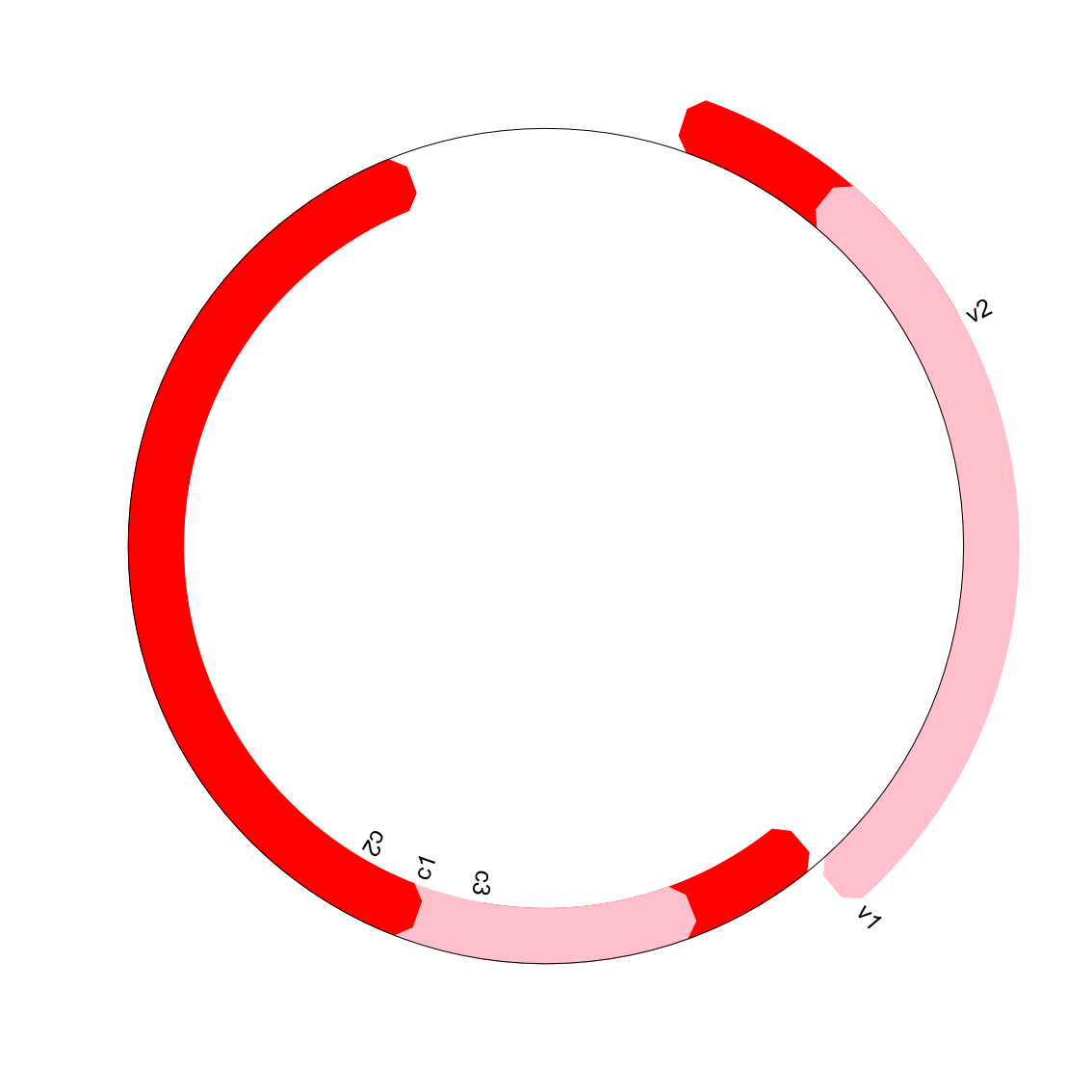You may not collaborate with anyone on this challenge. You are allowed to use Internet documentation. If you do use existing code (either from Github, Stack Overflow, or other sources), please cite your sources in the README.
Please follow the below instructions on how to submit your answers.
- Create a public fork of this repo and name it
ACM-Research-Coding-Challenge-S21. To fork this repo, click the button on the top right and click the "Fork" button. - Clone the fork of the repo to your computer using
git clone [the URL of your clone]. You may need to install Git for this (Google it). - Complete the Challenge based on the instructions below.
- Submit your solution by filling out this form.
Genome analysis is the identification of genomic features such as gene expression or DNA sequences in an individual's genetic makeup. A genbank file (.gb) format contains information about an individual's DNA sequence. The following dataset in Genome.gb contains a complete genome sequence of Tomato Curly Stunt Virus.
With this file, create a circular genome map and output it as a JPG/PNG/JPEG format. We're not looking for any complex maps, just be sure to highlight the features and their labels.
You may use any programming language you feel most comfortable. We recommend Python because it is the easiest to implement. You're allowed to use any library you want to implement this, just document which ones you used in this README file. Try to complete this as soon as possible.
Regardless if you can or cannot answer the question, provide a short explanation of how you got your solution or how you think it can be solved in your README.md file. However, we highly recommend giving the challenge a try, you just might learn something new!
To begin, I had to figure out what the genbank format was. In my search, I came across Biopython, so I used its tutorial along with documentation to create the diagrams. This method automatically reads the genbank file into a SeqRecord object which can easily be manipulated. I replicated the process that is demonstrated in the tutorial, adding features to a feature set and a track. The one modification I made to this process (besides cosmetic differences) was to create a diagram where overlapping features are separated.


- Biopython
- ReportLab